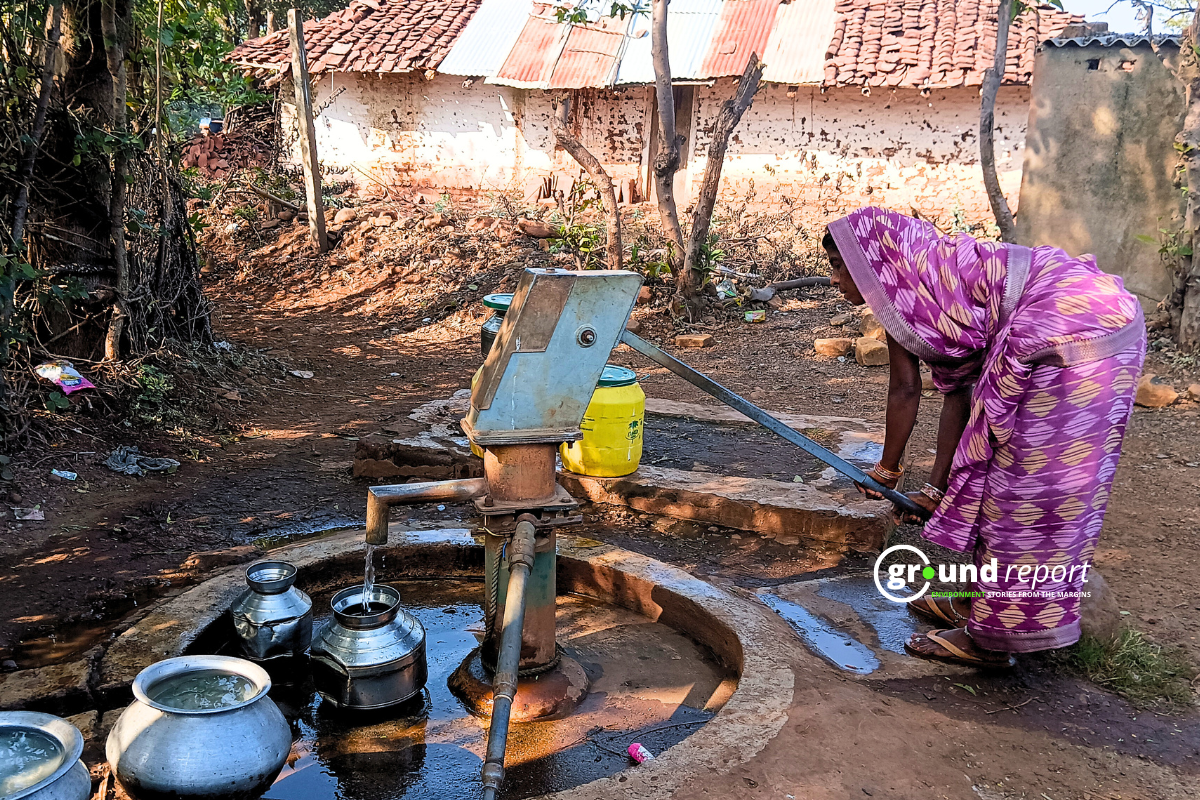An international team of political scientists, data scientists, economists, and environmental scientists has revealed a startling reality in a new study. Approximately 1.18 billion people worldwide live in energy poverty, lacking statistical evidence of using electricity. This figure is higher than official estimates, highlighting the urgency of achieving universal access to reliable and affordable energy.
1.18 billion people are energy poor
The research, published in the journal Joule, mapped artificial light on the ground viewed by satellites at night throughout 3,000 nights. The computational analysis of this imagery allowed the researchers to track energy poverty with unprecedented accuracy.
The researchers illustrate their innovative methodology through the case study of Dherhi, India, a settlement that was officially electrified in 2007 according to government records. By comparing nightly observed radiance over Dherhi with that of a nearby isolated, unpopulated area, the team generated standardized residuals for the settlement cell.
Despite daily and seasonal variations in the nightly signals, their procedure predicted consistent electricity usage in Dherhi only starting in 2017 – a decade after electrification. This was due to new power production adding 40% capacity to Uttar Pradesh in 2017, enabling reliable electricity access for Dherhi’s residents.
Prior research has highlighted the limitations of providing electricity access to remote communities in the developing world. Often, residents lack devices and appliances that run on electricity, such as light bulbs, making power availability futile. This study’s revelation that over 1 billion people show no signs of electricity usage at night underscores the challenge.
The team’s methodology involved analyzing a time series of almost 3,000 nights from 2013 to 2020, using computational methods to generate new indicators of electricity poverty across the globe and over time at the human settlement level. By comparing nightly light output over settlements against a model prediction based on observations of luminosity levels over similar unpopulated locations, the researchers could classify settlements as electricity-poor when they showed no statistical evidence of electricity consumption.
The study approach uses remotely sensed data and machine learning to provide a high-resolution picture of energy poverty at an unprecedented scale,” explains the main author. “By analyzing nightly light variations, we account for local and systemic noise sources, like cloud cover, atmospheric disturbances, and surface reflectance, enabling us to detect low electricity usage with greater sensitivity.”
1.18 billion lack detectable electricity
The findings paint a sobering picture of global energy poverty. In 2020, researchers counted 1.18 billion people living in electricity poverty in the developing world, residing in areas with no statistical evidence of electricity use at night. This estimate is higher than the World Bank’s count of 733 million people lacking electricity access in the same 115 countries in 2020, suggesting that official counts may significantly undercount the actual number of people without electricity.
Electricity poverty rates have improved slightly over time, with the share of energy poor in the developing world decreasing from 27.6% in 2013 to 25.5% in 2020. However, these improvements have been outpaced by global population growth. The number of energy-poor individuals has increased from 1.15 billion in 2013 to 1.18 billion in 2020.
The study reveals regional disparities in energy poverty distribution. High concentrations include the horn of Africa, the Gulf of Aden, the African Great Lakes region, Bangladesh, Pakistan, India, Southeast Asia, and North Korea. These findings highlight the need for targeted interventions and investment in energy infrastructure and access in these areas.
The study emphasize that achieving sustainable energy for all depends on candid, consistent, and timely insight into who, where, and why communities lack access to energy. While progress has been made in improving electricity access rates, universal access requires energy to be available, adequate, reliable, and affordable for all.
As the global community grapples with climate change, sustainable development, and social equity, this study serves as a reminder of disparities in access to a fundamental resource – energy. The authors aim to raise awareness of energy poverty and provide tools and insights for policymakers, development organizations, and researchers to tackle this challenge.
Follow Ground Report for Environmental News From India. Connect with us on Facebook, Twitter, Koo App, Instagram, Whatsapp and YouTube. Write us on GReport2018@gmail.com and subscribe our free newsletter.
Don’t forget to check out our climate glossary, it helps in learning difficult environmental terms in simple language.










